Click here and press the right key for the next slide (or swipe left)
also ...
Press the left key to go backwards (or swipe right)
Press n to toggle whether notes are shown (or add '?notes' to the url before the #)
Press m or double tap to slide thumbnails (menu)
Press ? at any time to show the keyboard shortcuts
Infants Track False Beliefs
‘Maxi puts his chocolate in the BLUE box and leaves the room to play. While he is away (and cannot see), his mother moves the chocolate from the BLUE box to the GREEN box. Later Maxi returns. He wants his chocolate.’
blue
box
green box
I wonder where Maxi will look for his chocolate
‘Where will Maxi look for his chocolate?’
Wimmer & Perner 1983
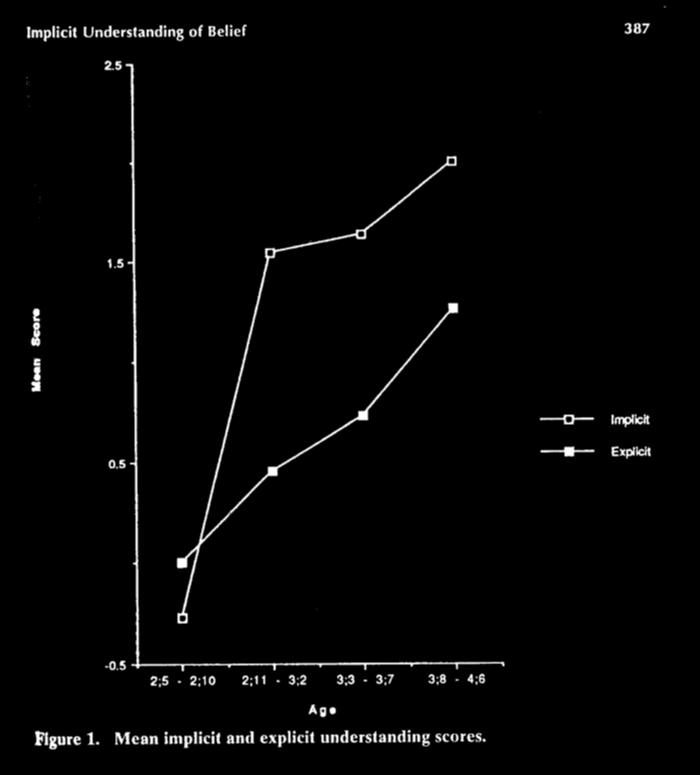
Clements & Perner 1994 figure 1
violation-of-expectations at 15 months of age
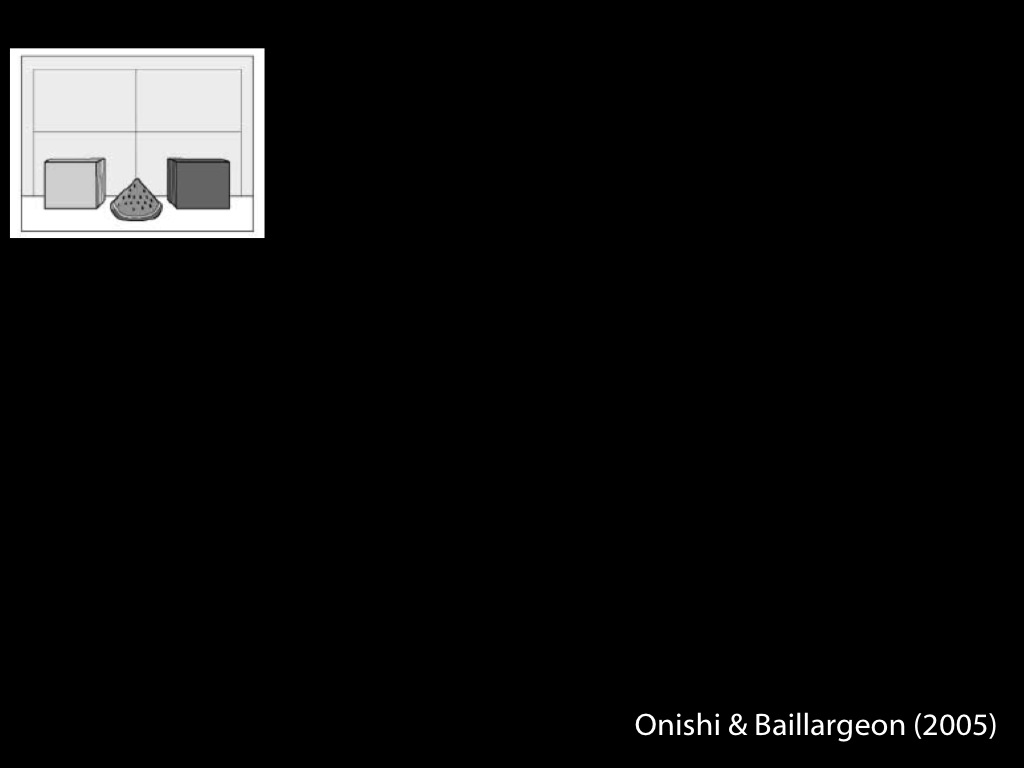
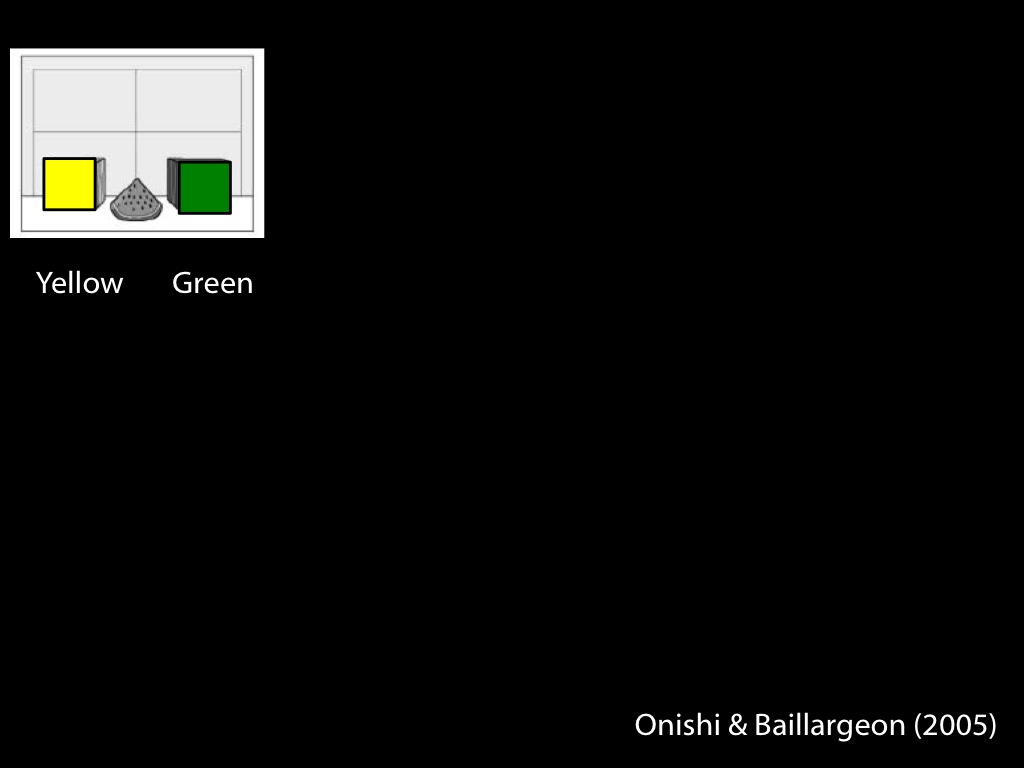
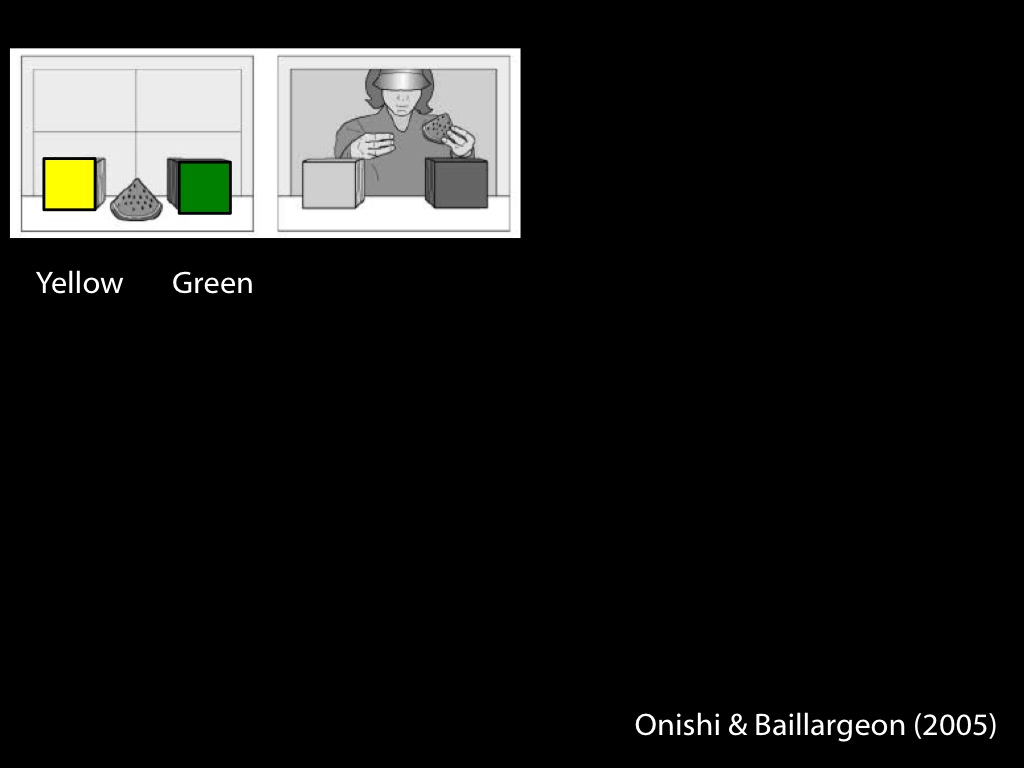
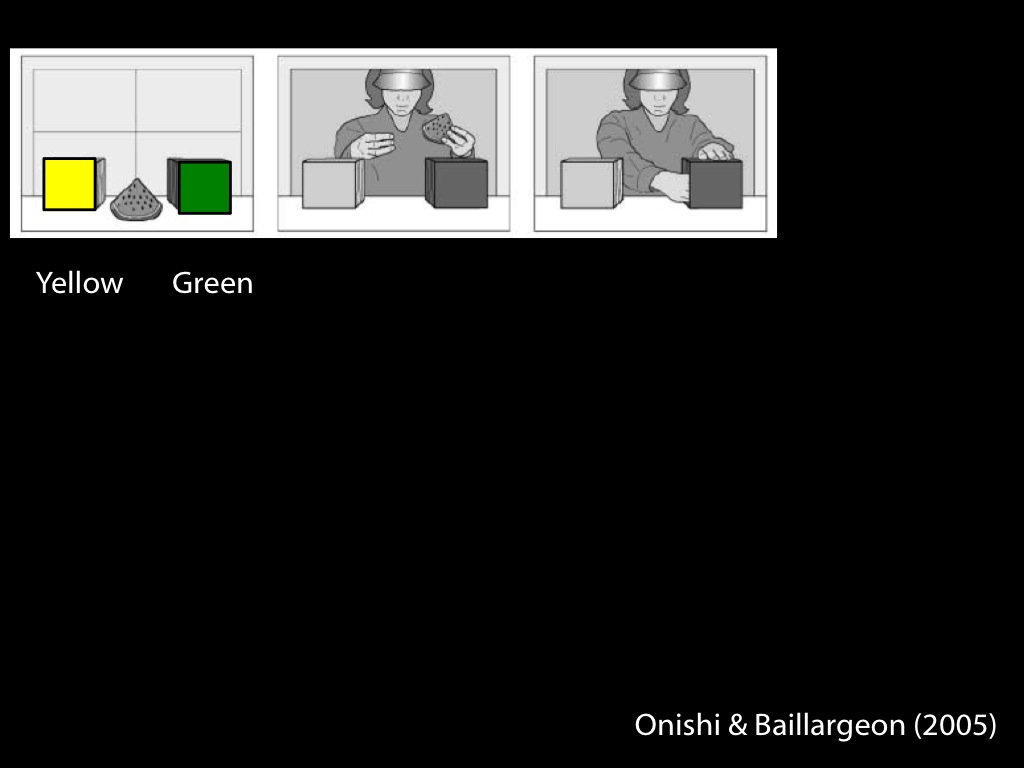
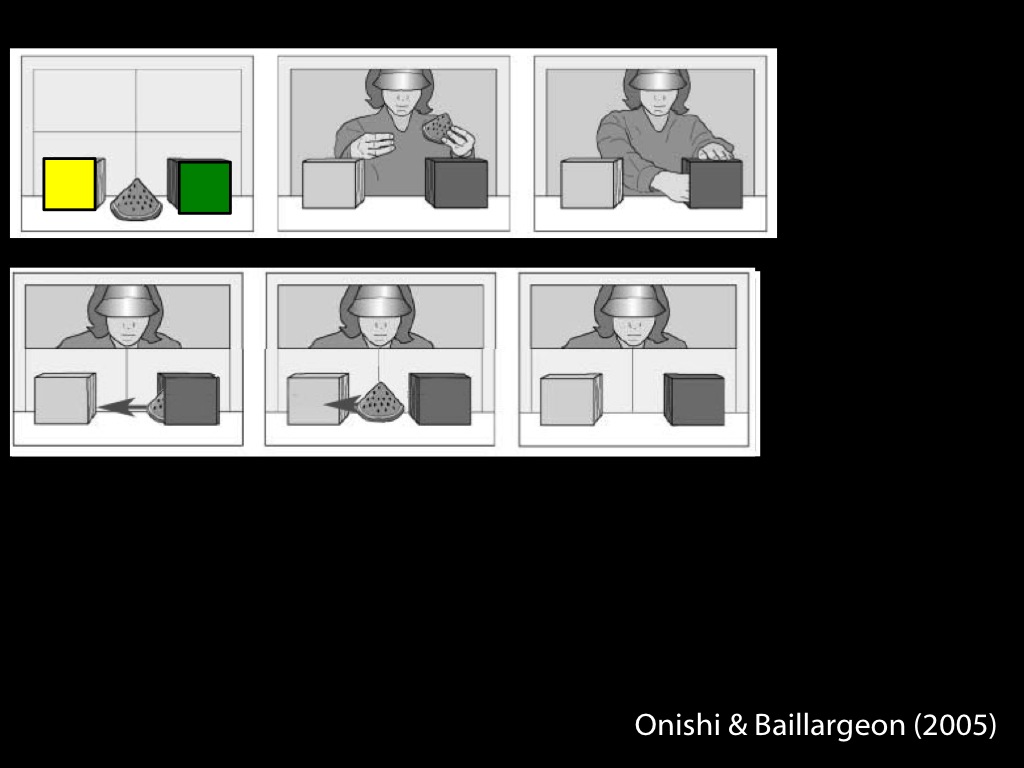
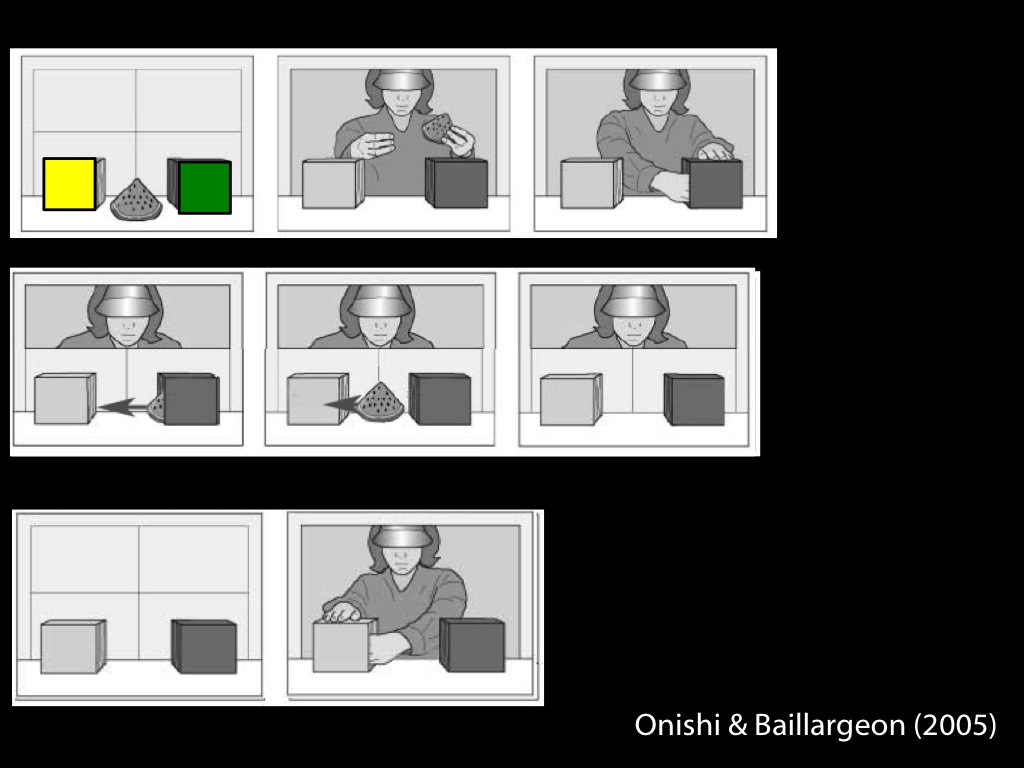
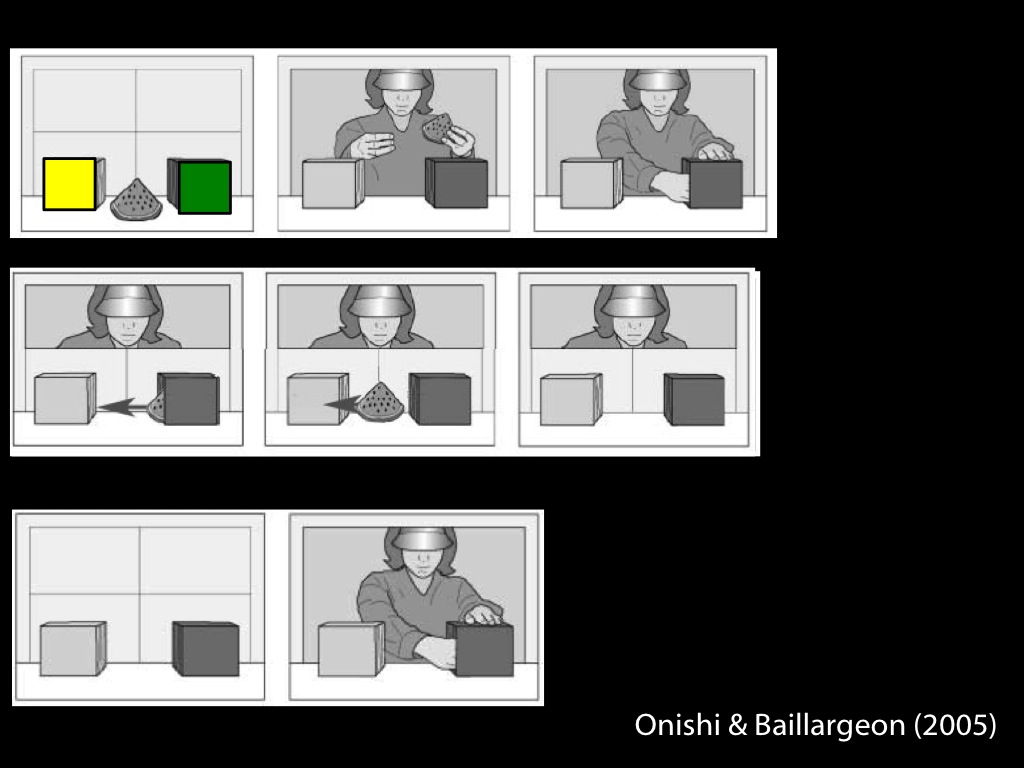
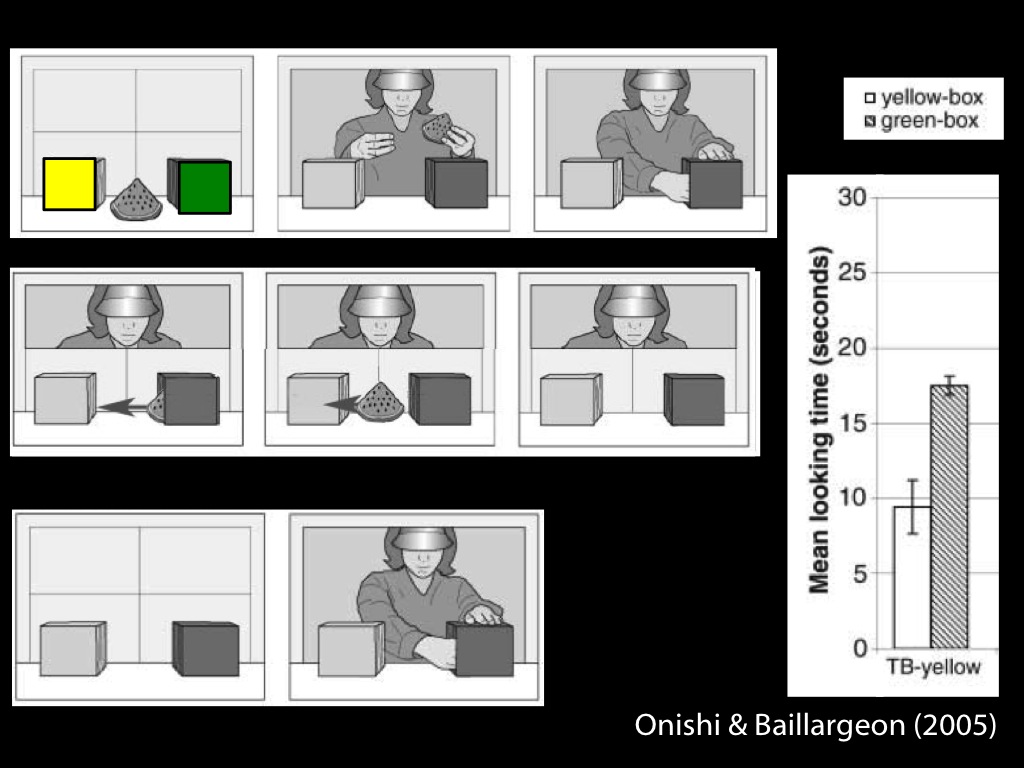
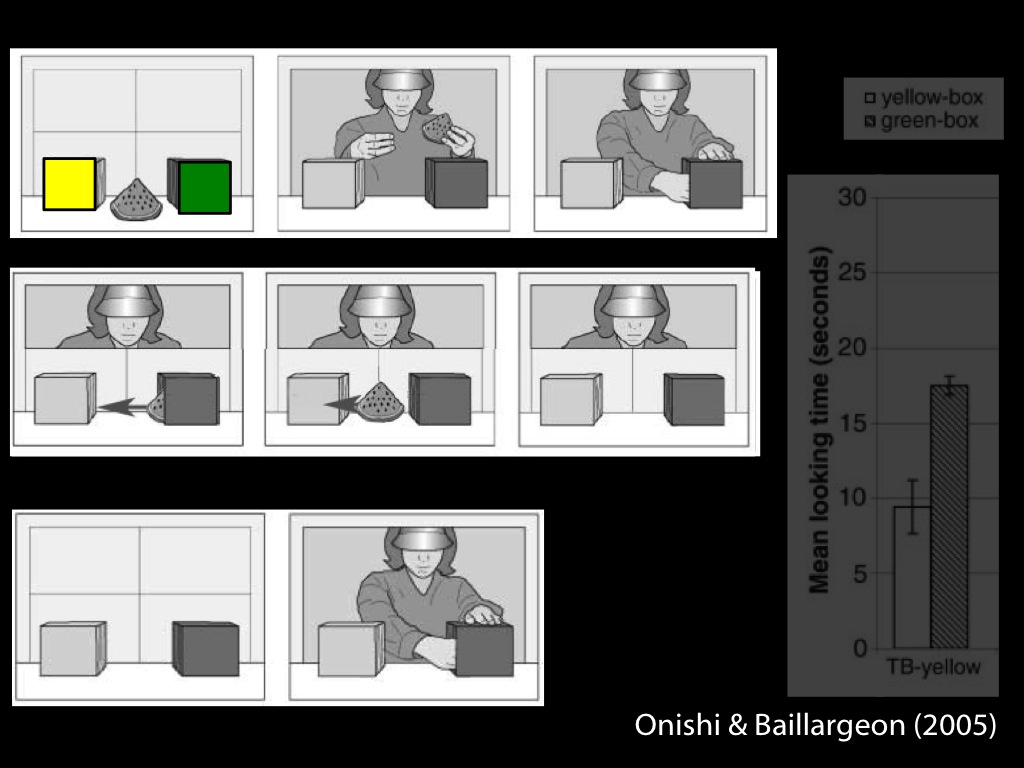
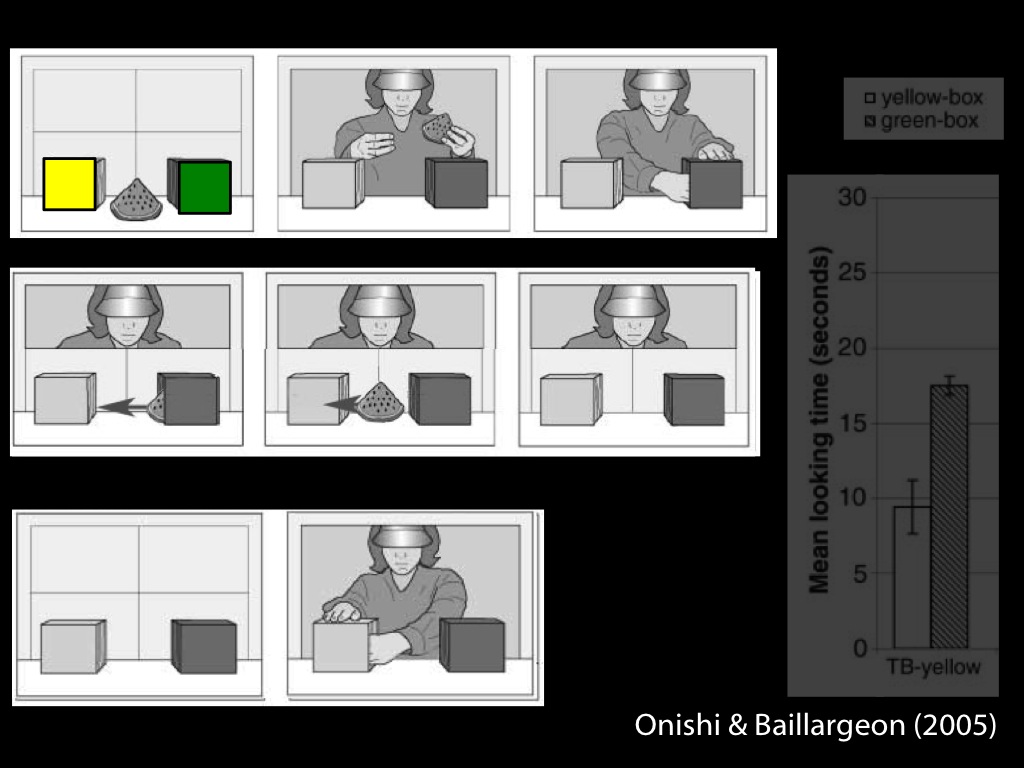
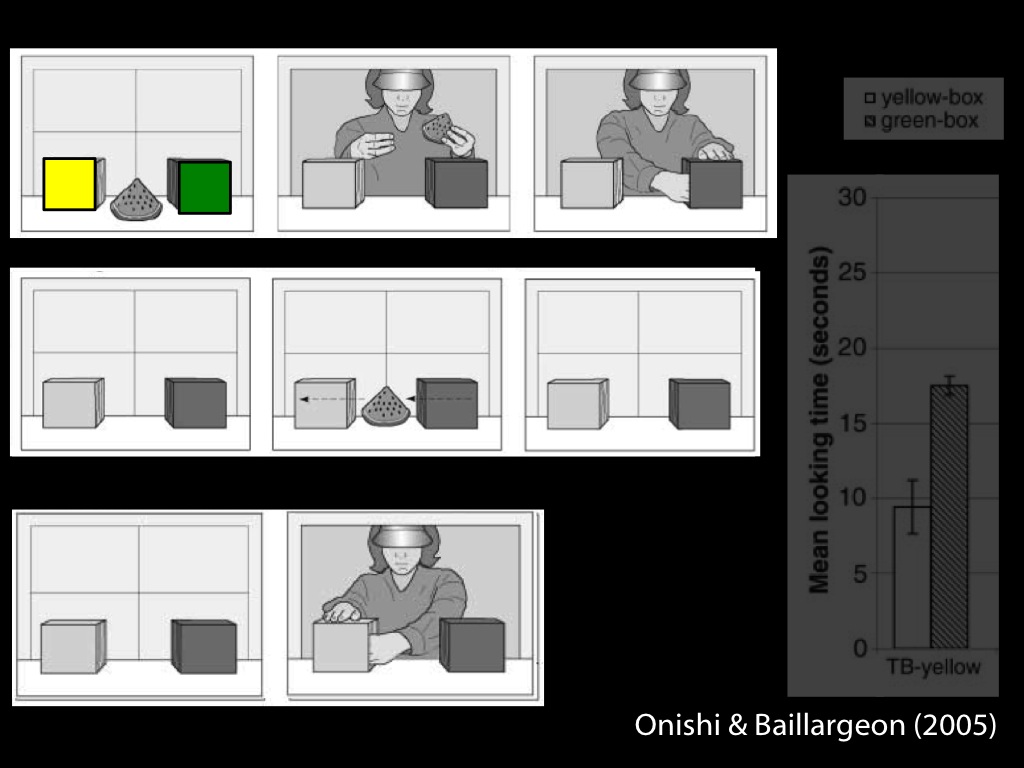
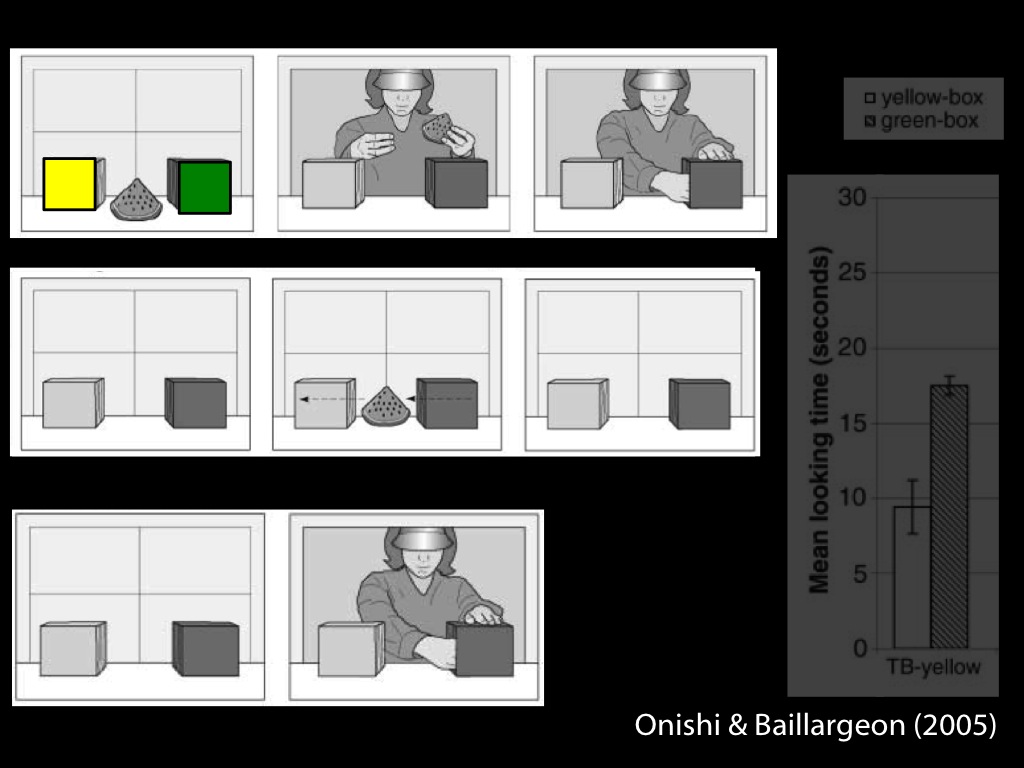
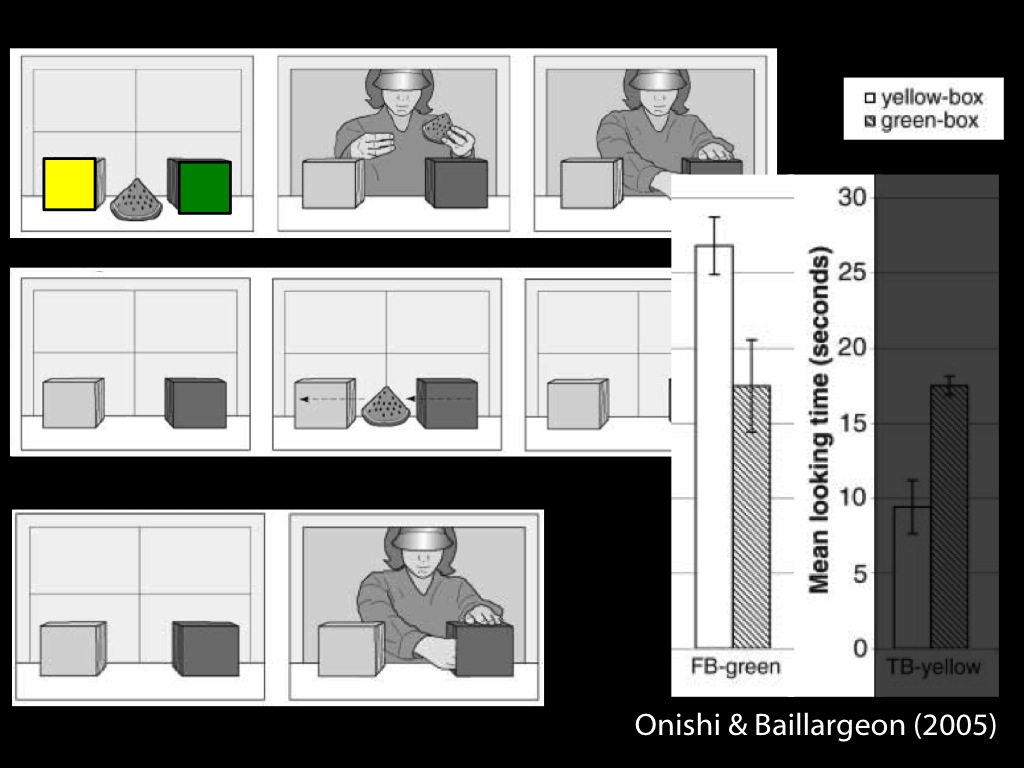
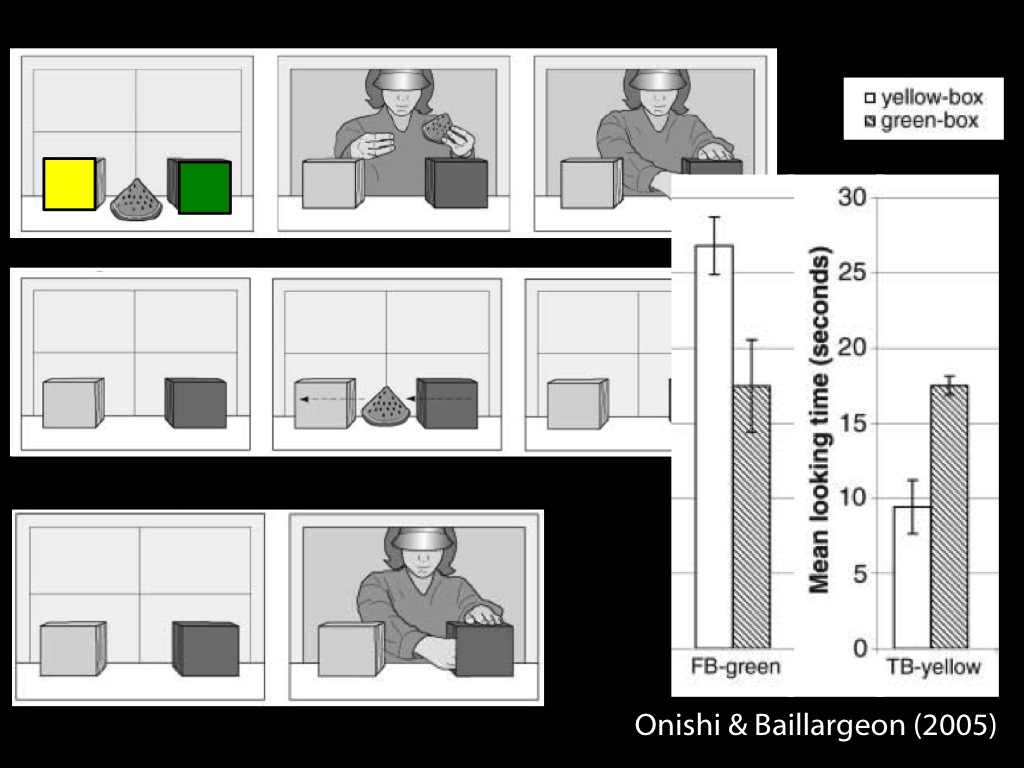
pointing at 18 months of age
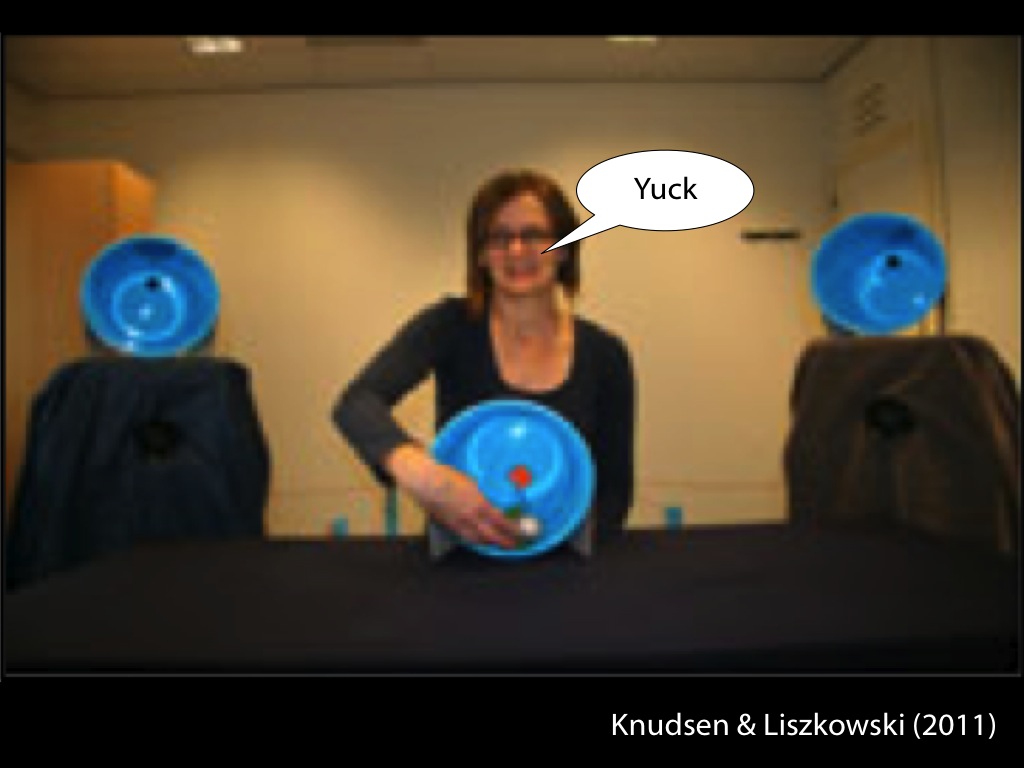
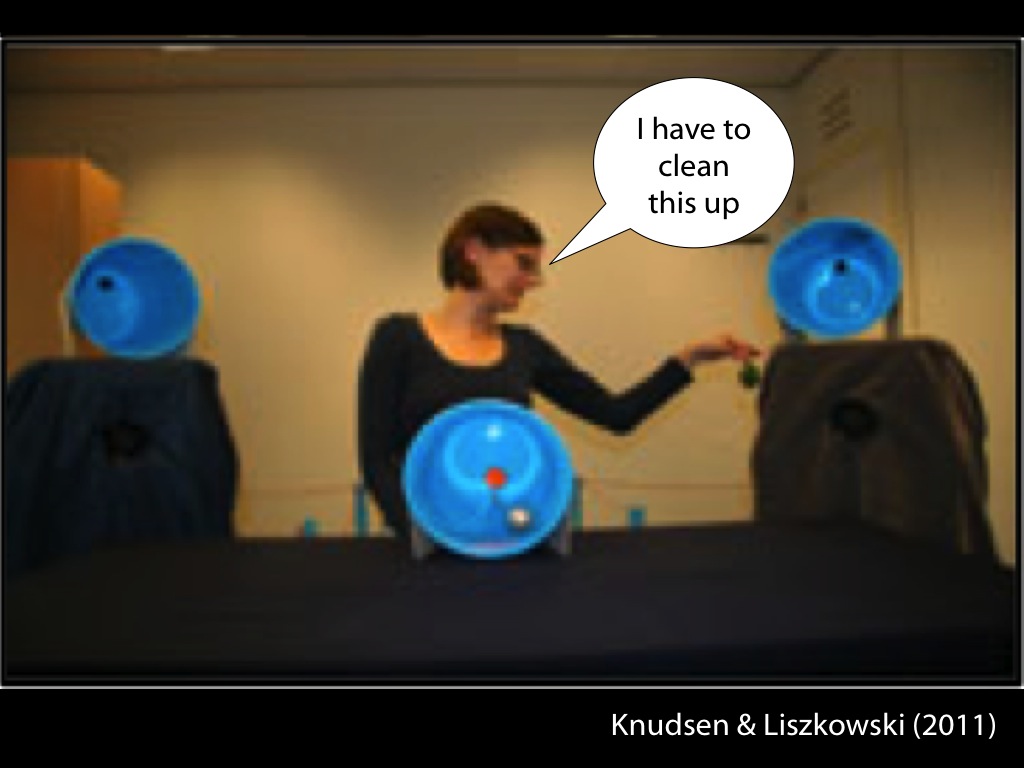
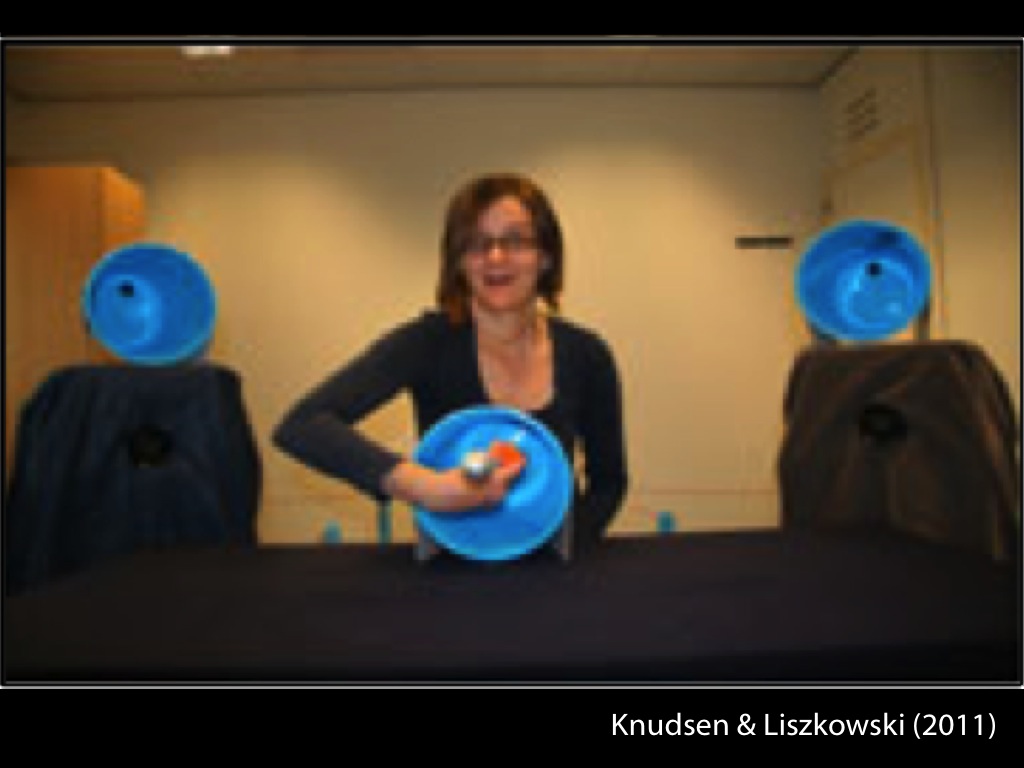
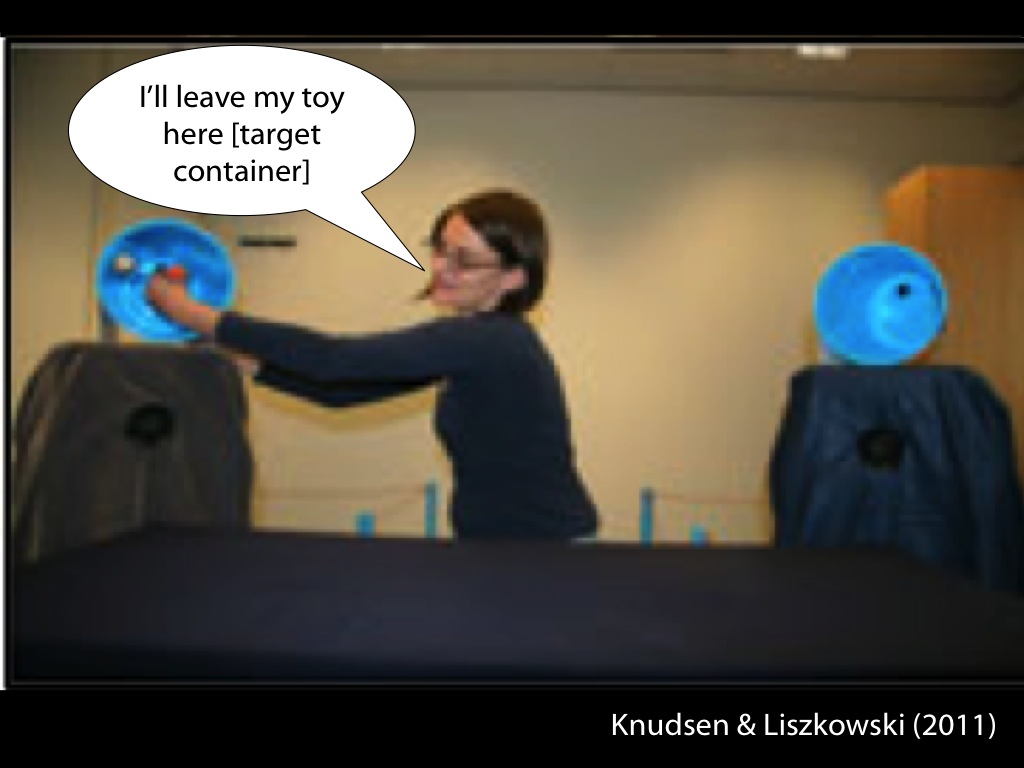
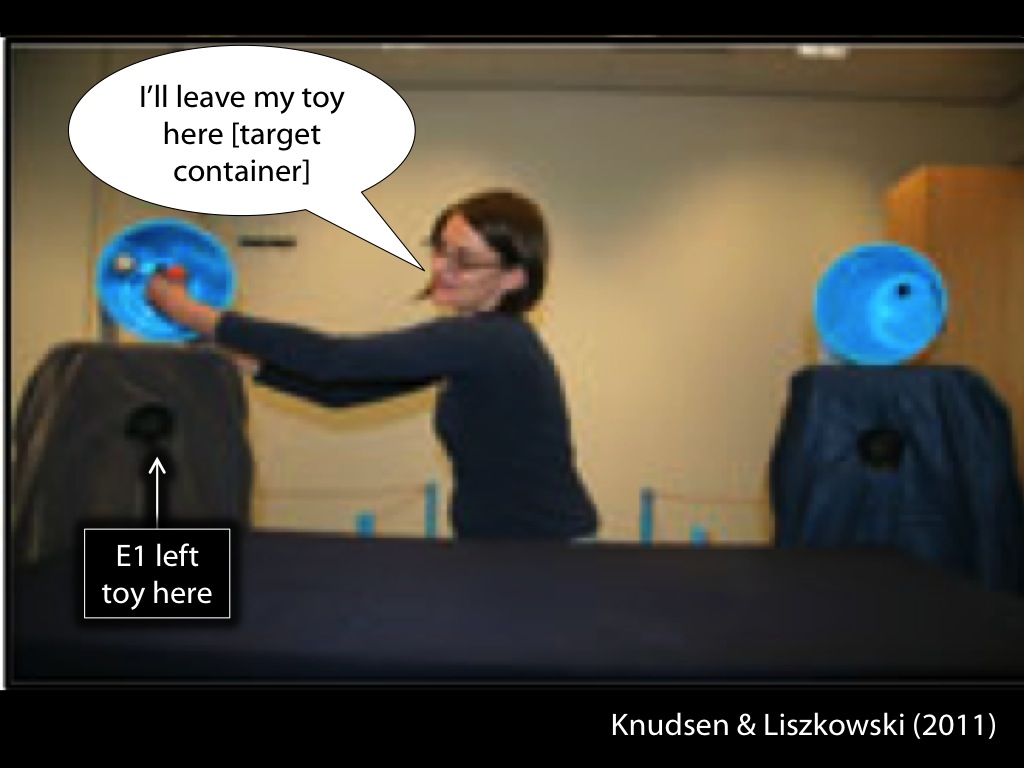
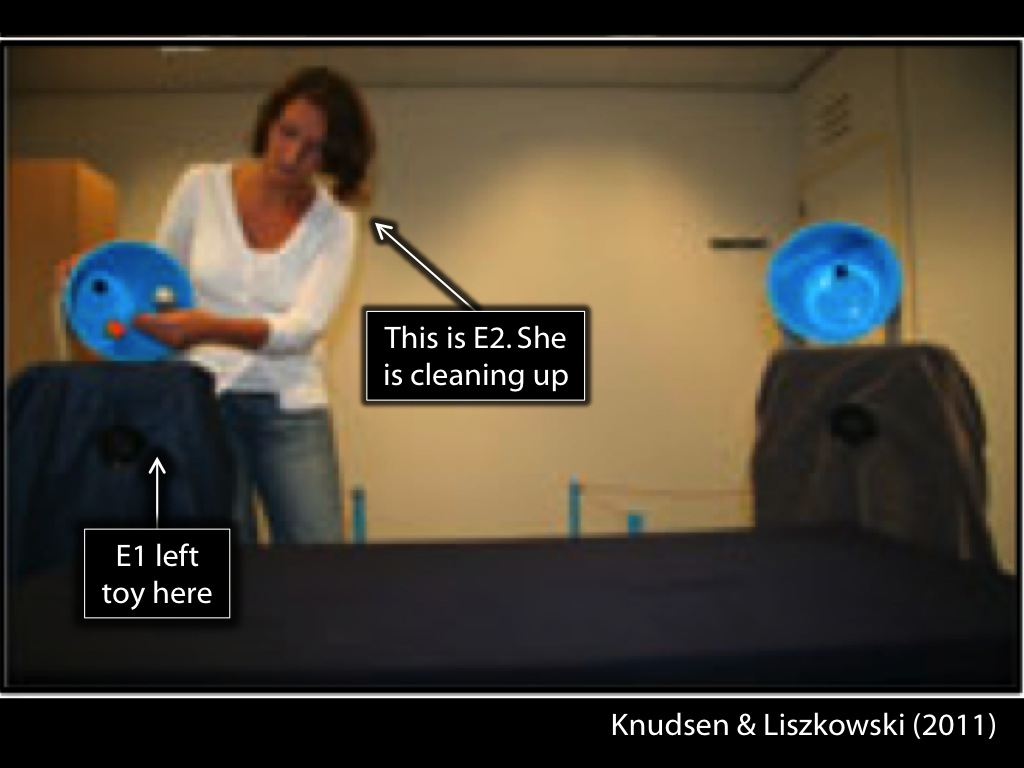
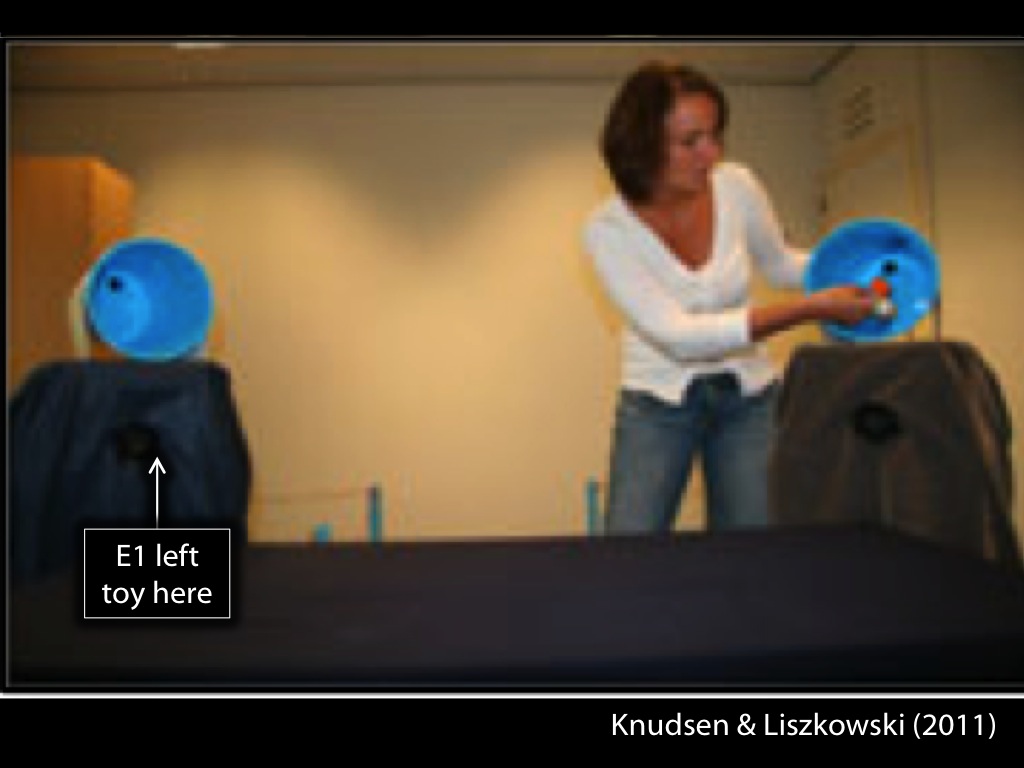
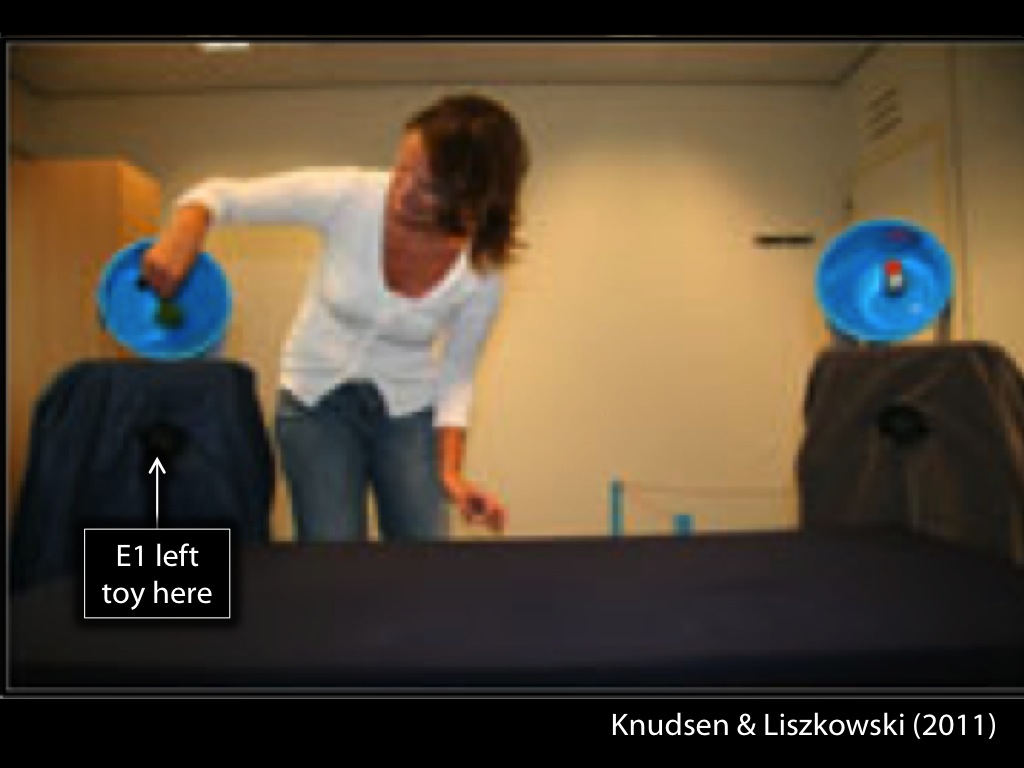
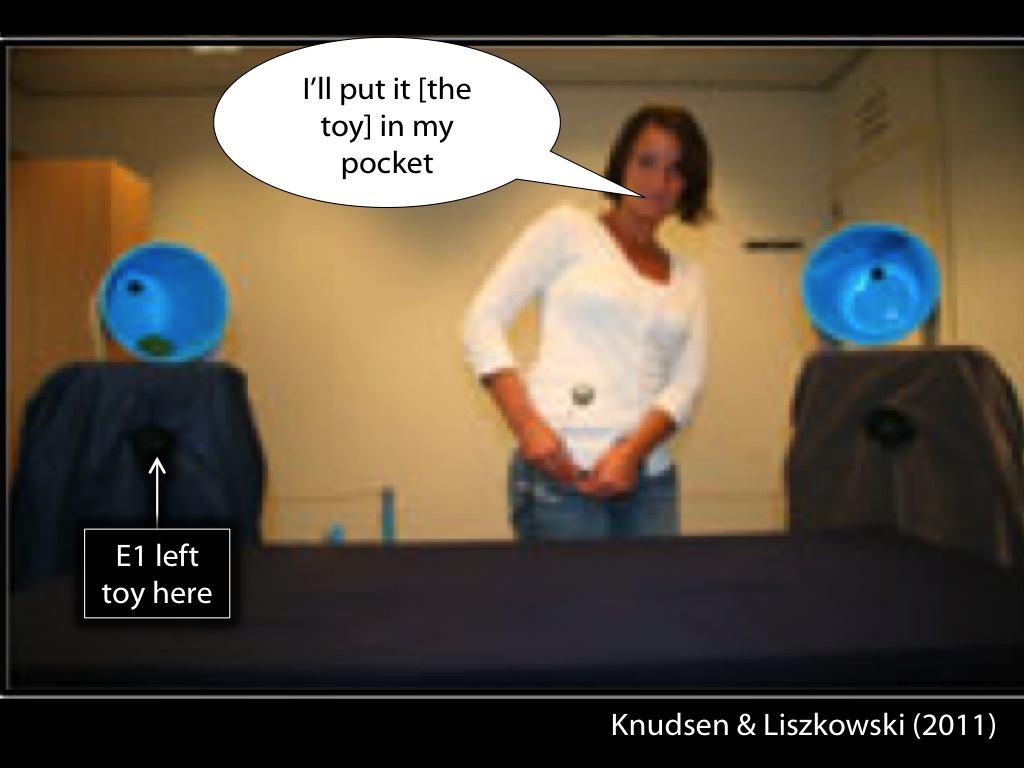
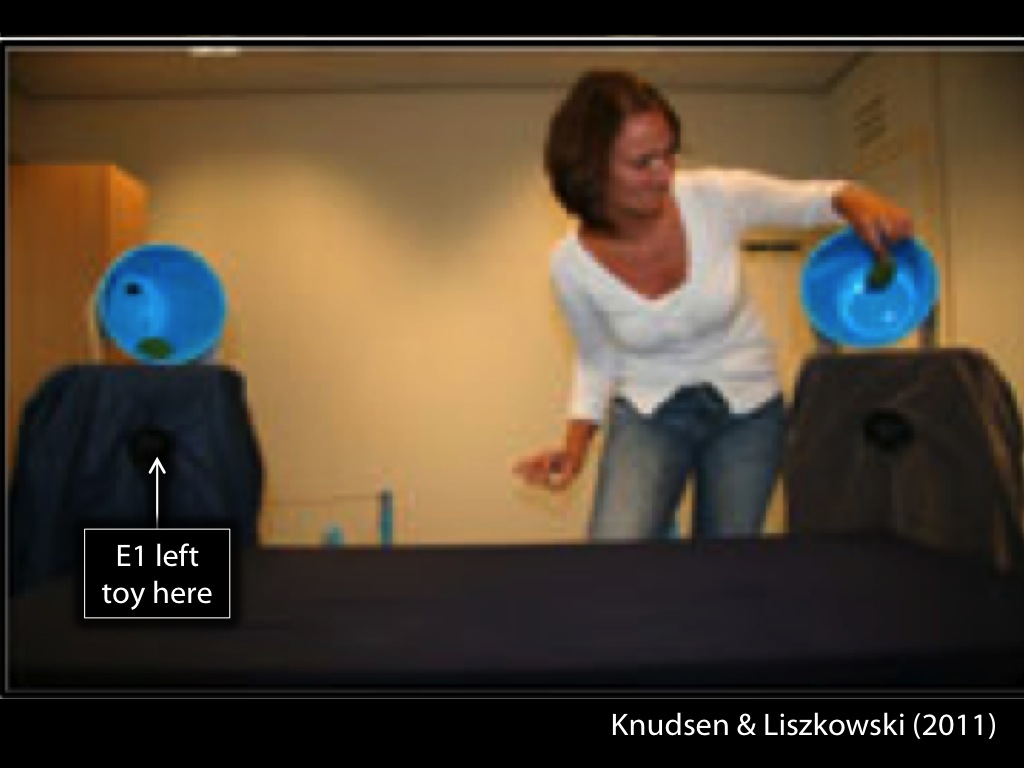
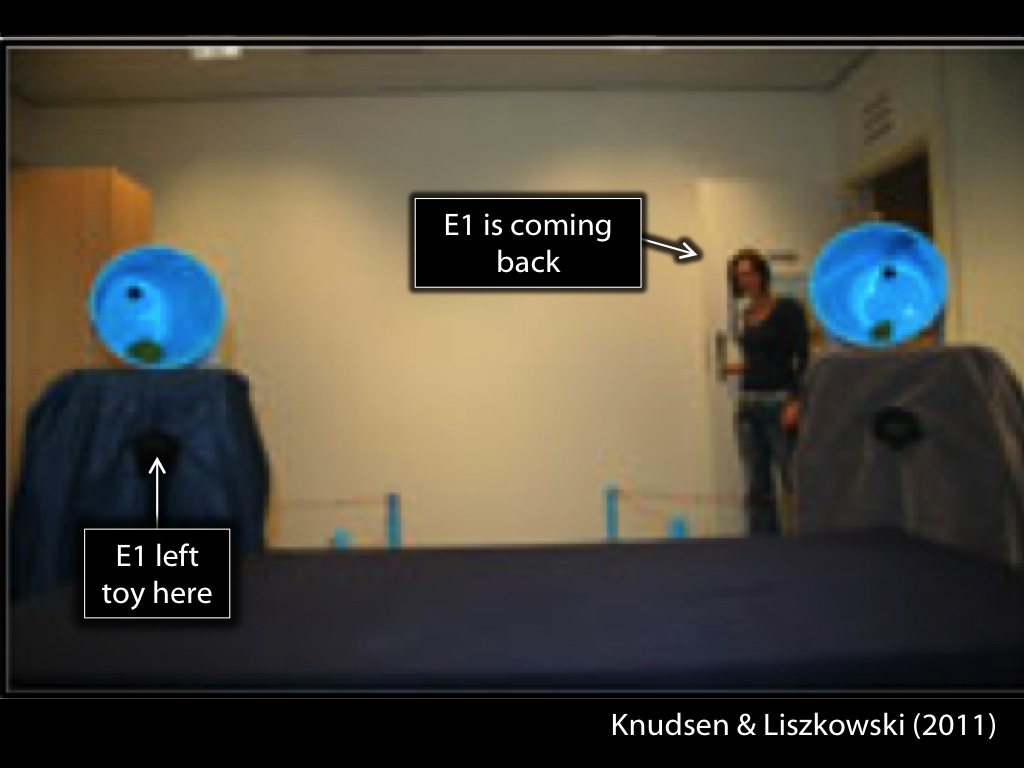
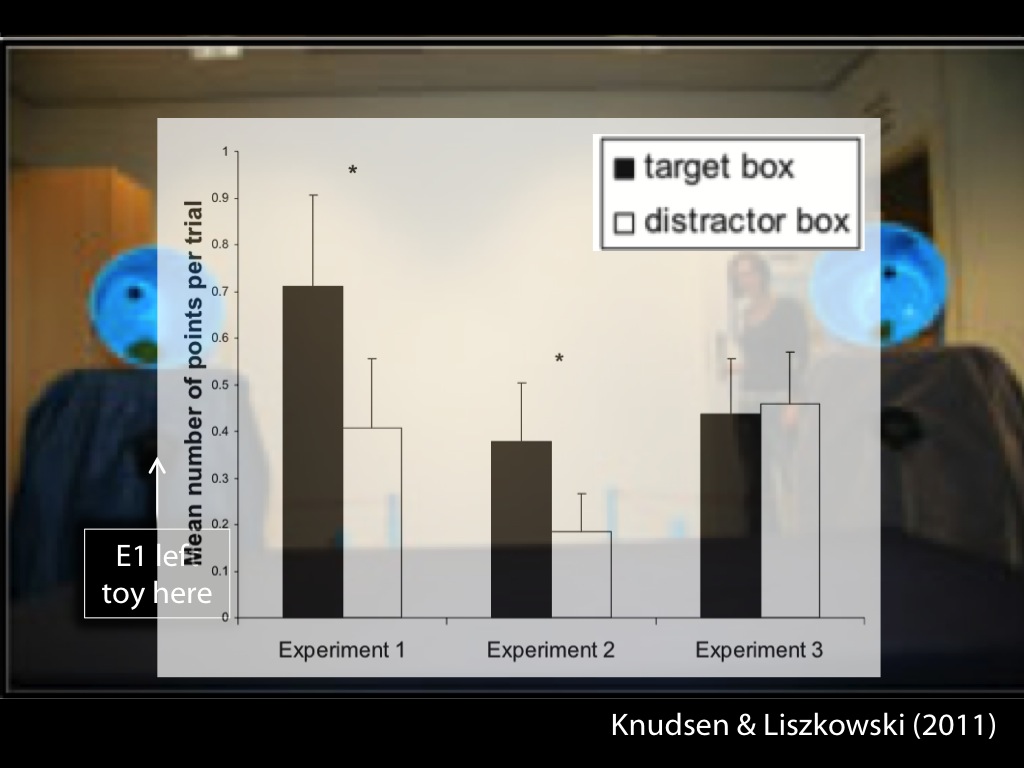
Infants track others’ false beliefs from around 7 months of age.
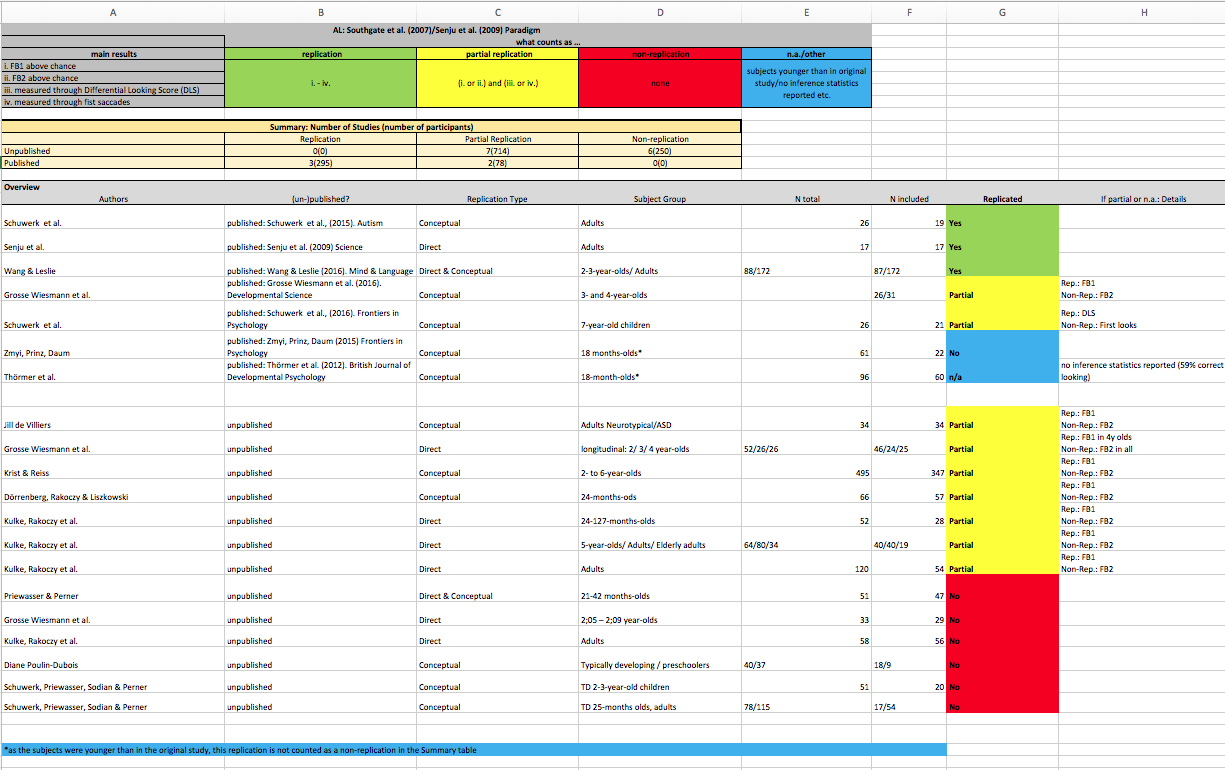
Kulka & Rakoczy, 2018
Infants track others’ false beliefs from around 7 months of age.